Hawaii is an archipelago consisting of eight major islands. The capital of the State of Hawaii is Honolulu, which is located on the island of Oahu. Much of the state’s attractiveness stems from its spectacular natural beauty and incomparable climate—the average temperature is a mild 80 degrees Fahrenheit year-round. Hawaii has the best air quality in the nation, with virtually no air pollution, and residents enjoy one of the world’s purest fresh-water sources. Many of these factors attribute to the fact that Hawaii has the longest life expectancy in the United States.
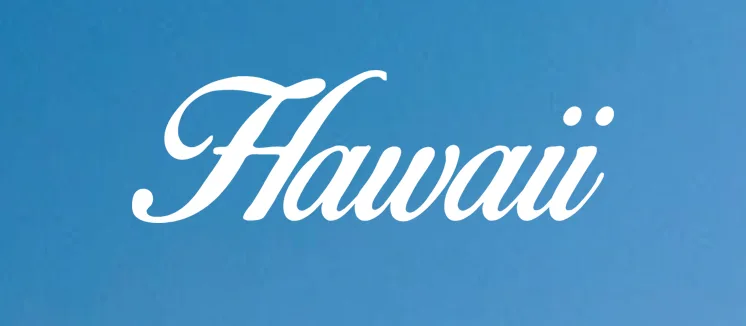
Hawaii is considered one of the most attractive regions in the country from a quality-of-life perspective. Not only does it boast world-famous beaches and a temperate year-round climate, but Hawaii also has a vibrant and diversified economy with numerous employment opportunities, making it an extremely attractive place to live and invest. Hawaii is ideally positioned, benefiting from international trade between the Pacific Rim countries and the United States mainland and earning it the nickname “Crossroads of the Pacific”.
Hawaii is one of the few resort destinations in the world that functions 365 days per year. It is the only place where mainland visitors can enjoy a tropical paradise while still having the comfort and security of being within U.S. borders. Known around the world as a quality golf and resort destination, Hawaii offers visitors a relatively undisturbed natural environment with a host of activities, including swimming, surfing, golf, horseback riding, hiking, biking, kayaking, fishing, sailing and epicurean dining.

Hawaii’s population is currently estimated at 1.45 million, representing growth of 3.39% since the 2010 census. The estimated number of households is 467,932, which is expected to grow steadily by 8.03% over the next eight years. Median household income is estimated at $91,010. The average age of residents is 39.4 years.
The local population of the Island of Oahu is now 1,016,508, which is a 5.46% increase since 2012. The population is estimated to continue to grow over the next eight years, increasing by 3.71%. Household income in the City and County of Honolulu is the highest among the four counties within the state, with an average of $99,816.
With its strategic location in the Pacific Ocean, Hawaii is the headquarters of the U.S. Pacific Command or USPACOM, the world’s largest unified service command, covering more than 50% of the globe. The command area spans from the West Coast of the U.S., to Africa’s eastern coast, to as far north as the Arctic and as far south as Antarctica.
Per-capita federal spending in Hawaii ranks second in the nation at $8,500, with total government spending estimated at $12.1 billion in the 2015 fiscal year. Federal expenditures are one of the most important drivers of Hawaii’s economy. The latest data indicates there were more than 124,700 federal, state and local civilian jobs resulting from the federal military. Federal spending accounts for 9.8% of Hawaii’s Gross Domestic Product and is the third-largest sector in the state behind tourism and real estate. Federal spending for capital projects on military bases in Hawaii is expected to remain at approximately $300 million per annum for the next decade.
The main military installations in the state employ approximately 73,480 military and civilian personnel. Approximately 68% were active-duty, guard and reserve personnel. The other personnel include civilians paid from non-appropriated funds and full-time government contractor personnel. All but three of the installations are located on the island of Oahu.
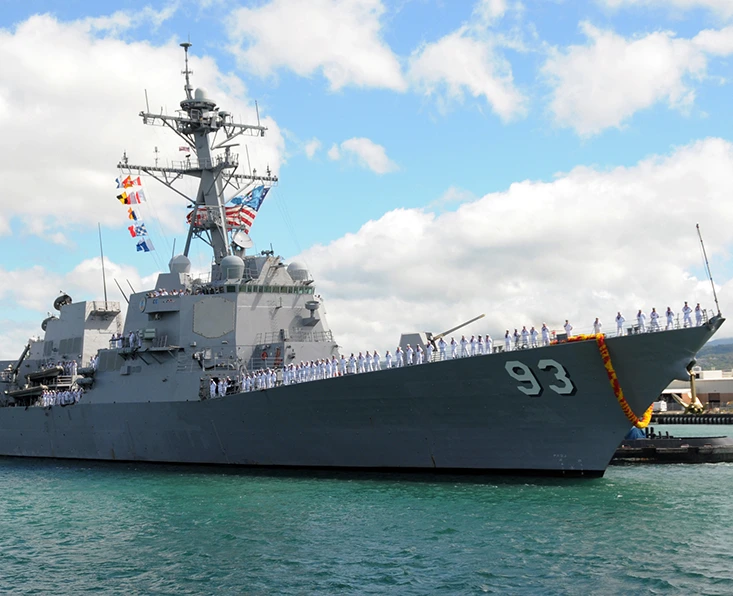
Freight activity is critical to the state as this is the main vehicle of transportation of supplies. Hawaii imports 80% of its goods, with 98.6% shipped via water. Honolulu Harbor is Hawaii’s major port facility, handling more than 14.7 million tons of cargo annually. From Honolulu, cargo is distributed to the outer islands through smaller barges. Overall 20.4 million tons of cargo moving through Hawaii ports. The system’s cargo volumes have rebounded to pre-pandemic levels, which saw a high of 21.3 million tons in 2016. 2023 revenues for cargo shipped through the harbor system increased by a remarkable 67.1% from the year prior, from $166 million to $288 million. The statewide value of containerized shipments is projected to increase by 300% in the next 10 years. The new $555 million Kapalama Container Terminal at Honolulu Harbor is expected to open in 2025.
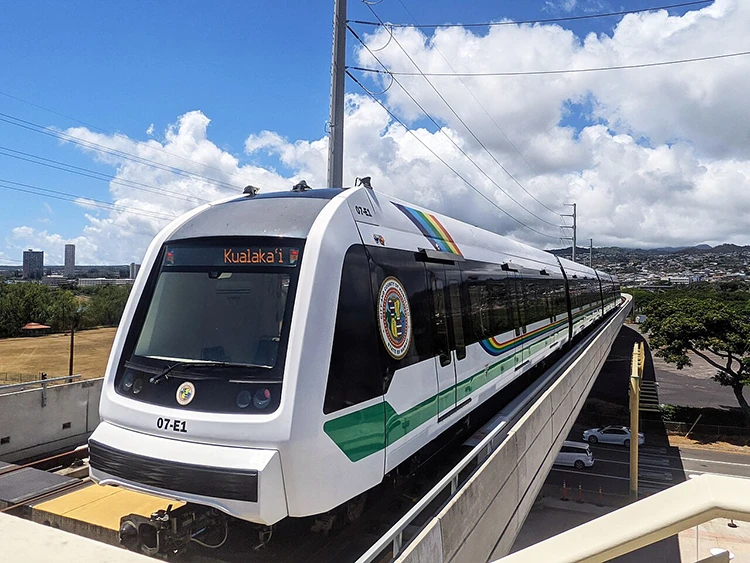
The City and County of Honolulu broke ground and is undergoing the planning and development of the 20-mile elevated mass-transit system connecting East Kapolei to the Ala Moana Center. The development will include 21 stations connecting large residential populations, educational facilities, Aloha Stadium, Pearl Harbor, the Airport and downtown Honolulu. Future plans may include connecting to the University of Hawaiiand east Honolulu. This project is estimated to provide approximately $10 billion in construction spending, and will be a major workforce generator over the next decade.
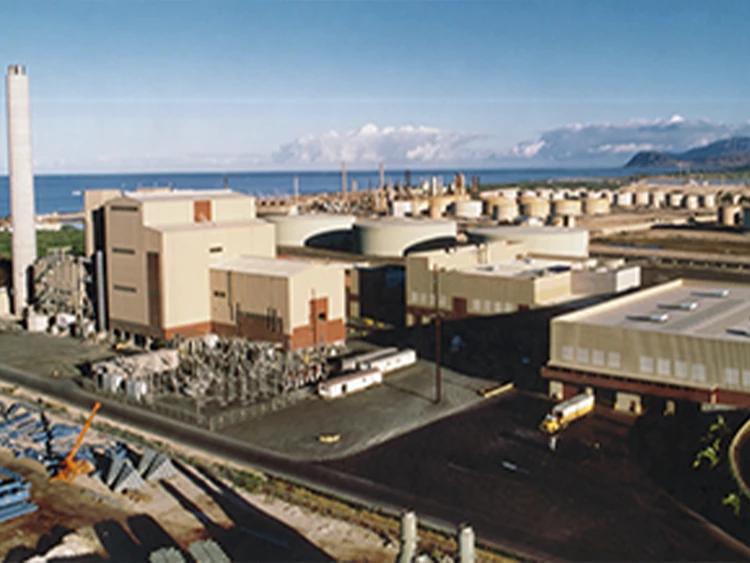
The proposed action to the H-POWER plant will add a 900-ton-per-day, mass-burn waterwall municipal waste combustor unit, its associated air pollution control equipment, and all the equipment required to combine the addition with the existing H-POWER facility. A new turbine generator will also generate an additional source of renewable energy to the City and County of Honolulu. The expansion is expected to provide $300 million in construction spending.
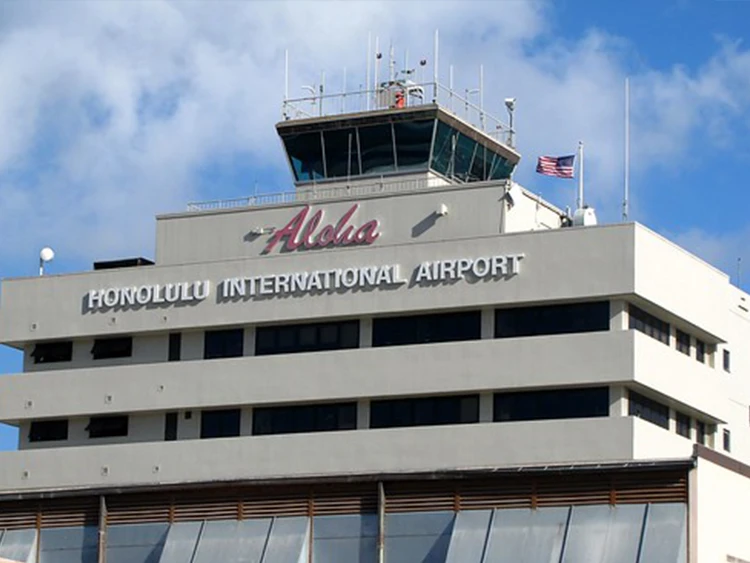
The State of Hawaii is in the process of spending over $600 million on modernizing, upgrading and expanding the Honolulu International Airport. The modernization is needed to enhance safety and efficiency, and work will commence on both the Interisland and U.S. Mainland terminals.
Hawaii is one of the most desirable tourism destinations in the world, offering an exceptional variety of entertainment options, upscale beachfront resorts, recreational activities, outstanding golf, and some of the finest restaurants and retail shops in the nation. It also maintains all the appeal inherent to the Hawaiian cultural heritage. Due to the immense draw of tourists to the state, hotel occupancy and room rates are some of the highest in the nation and continue to be supported with stable air service by well established airlines.
While the pandemic pummeled Hawaii in its early stages, the Aloha State’s tourism industry is back, and by some metrics, bigger than ever. The number of tourists from the U.S. mainland is higher than it was before the pandemic — and average spending per trip is also higher.
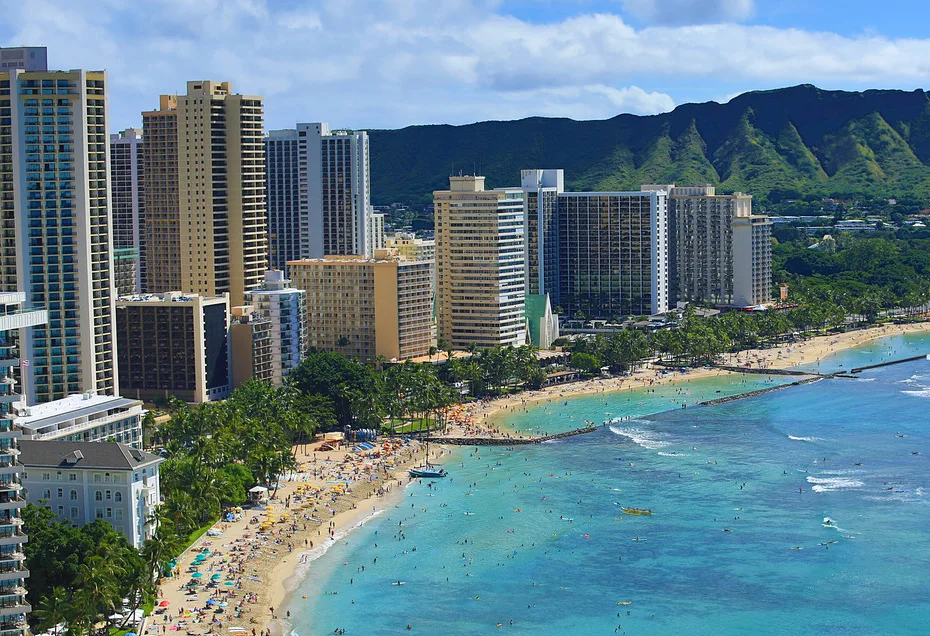
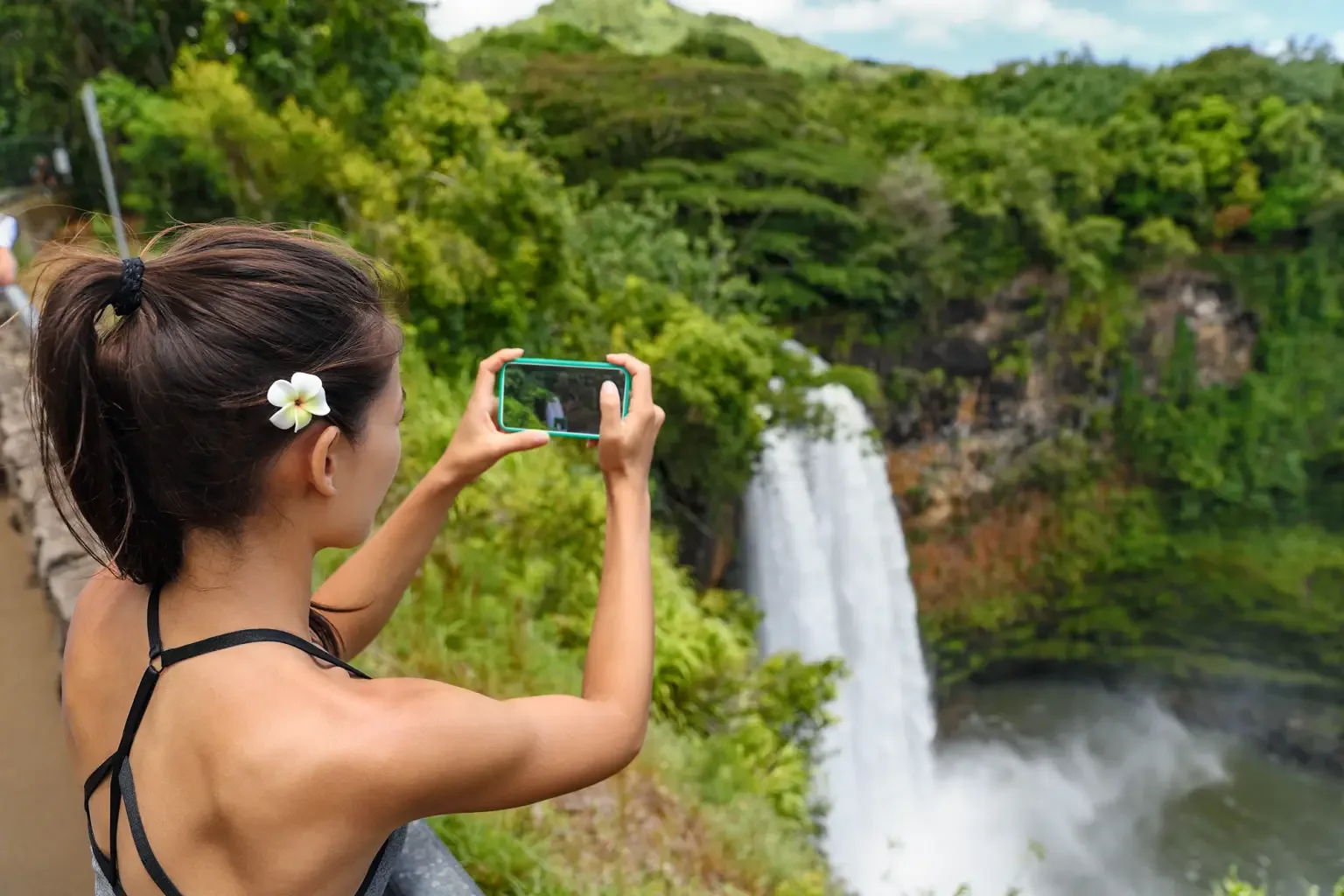
More demand means higher prices — and the increase in demand is just getting started. Travelers from Asia, who previously comprised a significant portion of Hawaii tourists, have not returned to Hawaii in pre-pandemic numbers, due in large part to ongoing COVID-19 restrictions.
But with recent border reopenings in Asia, coupled with some big changes coming to the Hawaii tourism scene (including Disney cruises and a clampdown on tourist accessibility), the future for Hawaii travelers will likely be competitive — and expensive. Still, there are ways to visit that allow you to avoid crowds, minimize over-tourism and save money.
Tourism in Hawaii is at record highs by some metrics. More than 700,000 people visited Hawaii in September 2022, representing a 95.5% recovery from the same month in 2019. But while overall tourism numbers haven’t exceeded pre-pandemic levels, many other metrics have been blown out of the water, according to data from the Hawaii Department of Business, Economic Development & Tourism.
Increased spending might be partly due to inflation. The average cost of airfare increased about 8% nationwide between September 2019 and September 2022, while hotel prices increased 5%, according to a NerdWallet analysis of Consumer Price Index data. But in that period, the nationwide increase in inflation — up 16% — is less than the 18.5% spending increase specific to Hawaii.
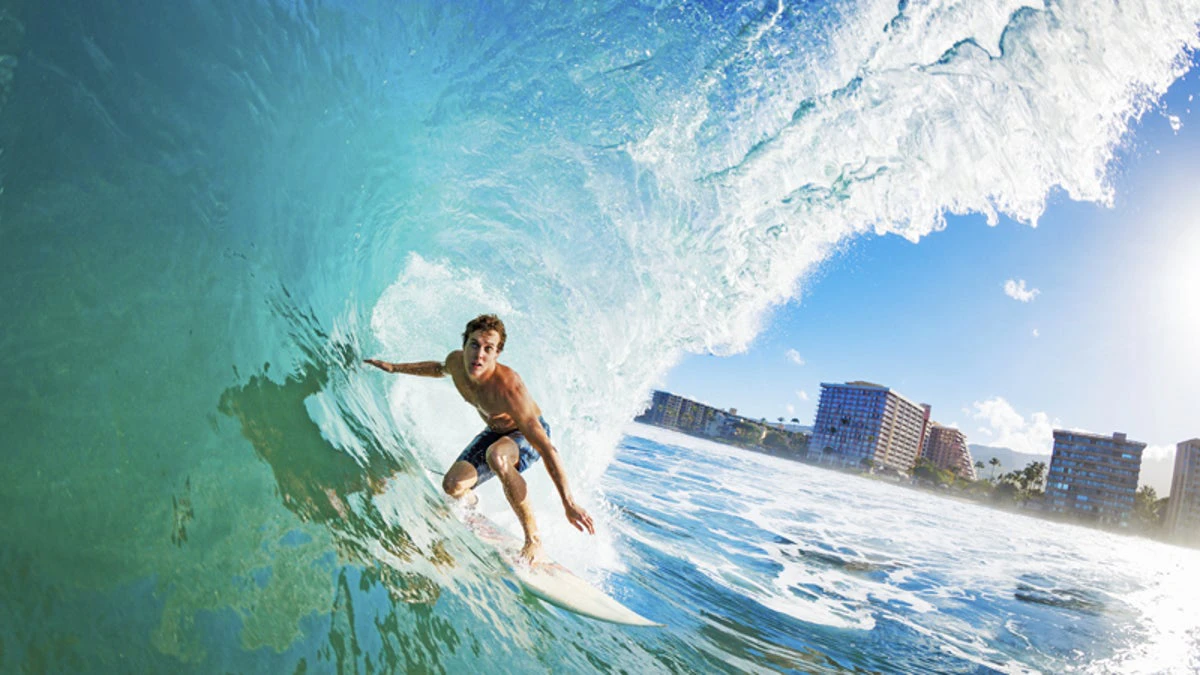
Stays in Hawaii are longer than they were pre-pandemic — possibly because of an increase in workcations. The average stay in September 2022 spanned 8.9 days, up 5.9% from the average 8.4-day stay in September 2019. People are also spending more on daily activities like hotels, tours and food than they did pre-pandemic. Average spending per person, per day in September 2022 was $236, up 17.1% from the same month in 2019.
Of all the islands, Oahu has seen the sharpest increase in average daily visitor spending since pre-pandemic times, up 25%. Oahu has also seen some significant investment in tourist-minded improvements — many of which put a fresh emphasis on Hawaii’s culture and history.
The Hawaii housing market is one of the most vibrant in the nation. Strong fundamentals, such as high quality-of-life characteristics, a temperate climate and a vigorous job market, make Hawaii an ideal place to live. Developable land in Hawaii is extremely limited with an average of 211 persons per square mile.
With a median single-family home price of $950,000, Hawaii was rated the most expensive state to live in 2024. Hawaii’s median single-family home price is much higher than the national median of $412,000, which boosts the demand for affordable rentals. The 2024 median condominium sales price was the second highest in the nation (behind San Francisco) at $564,750, compared to the national average of $361,600. Additionally, Hawaii’s isolation, lack of distribution channels and dependence on goods shipped from other regions of the U.S. add to the exceptionally high cost of living.
Honolulu County is the third-largest land area of the eight major Hawaiian Islands. Most of the jobs in the state are located on Oahu, resulting in one of the lowest unemployment rates in the country. The City and County of Honolulu’s 2024 median single-family home price was the highest in the state at $1,021,016. The median condominium price was $505,000.
These market conditions have ranked Hawaii homeownership the sixth lowest in the nation at 56.6% (the national average is 65.7%), further exacerbating the low supply of affordable rentals.